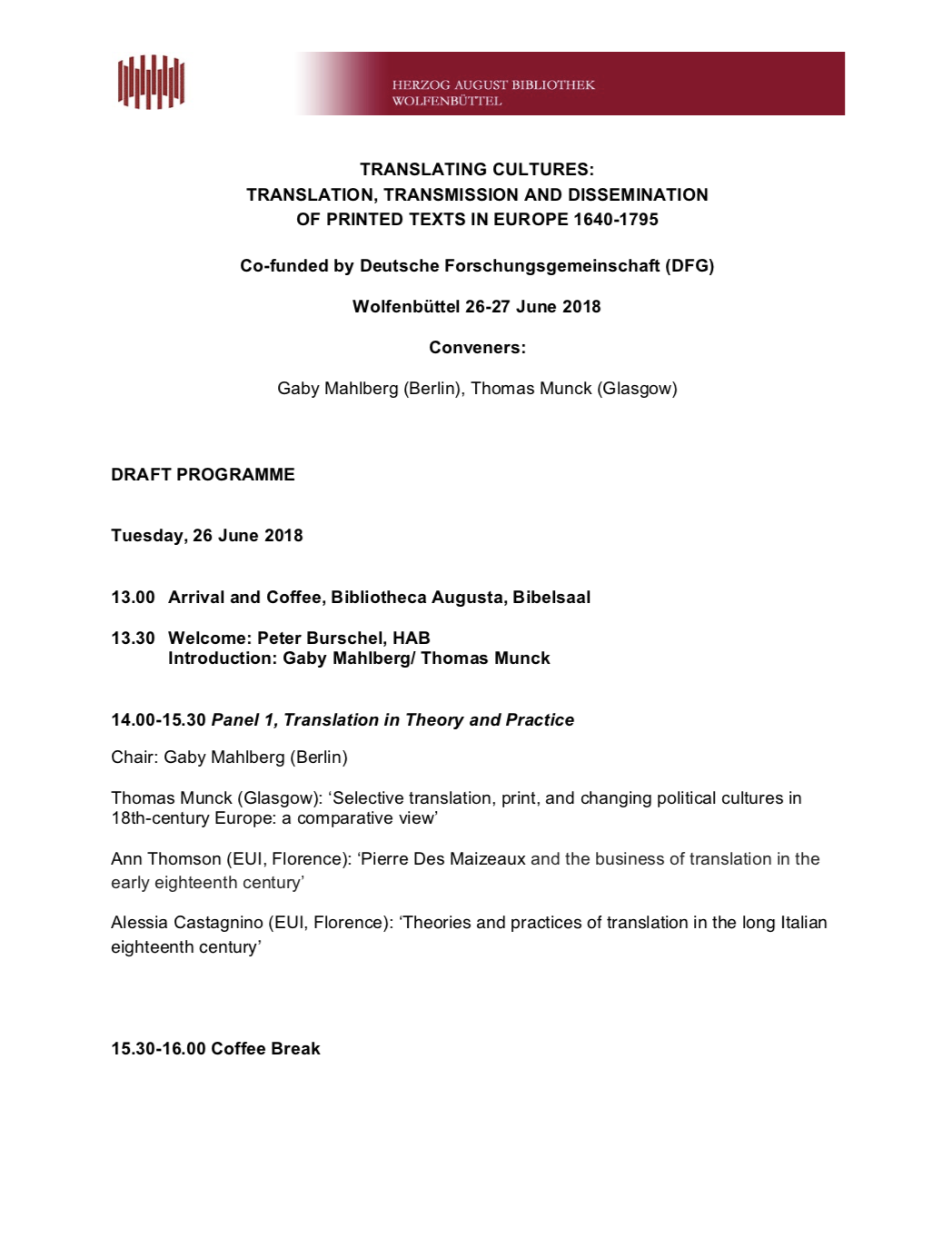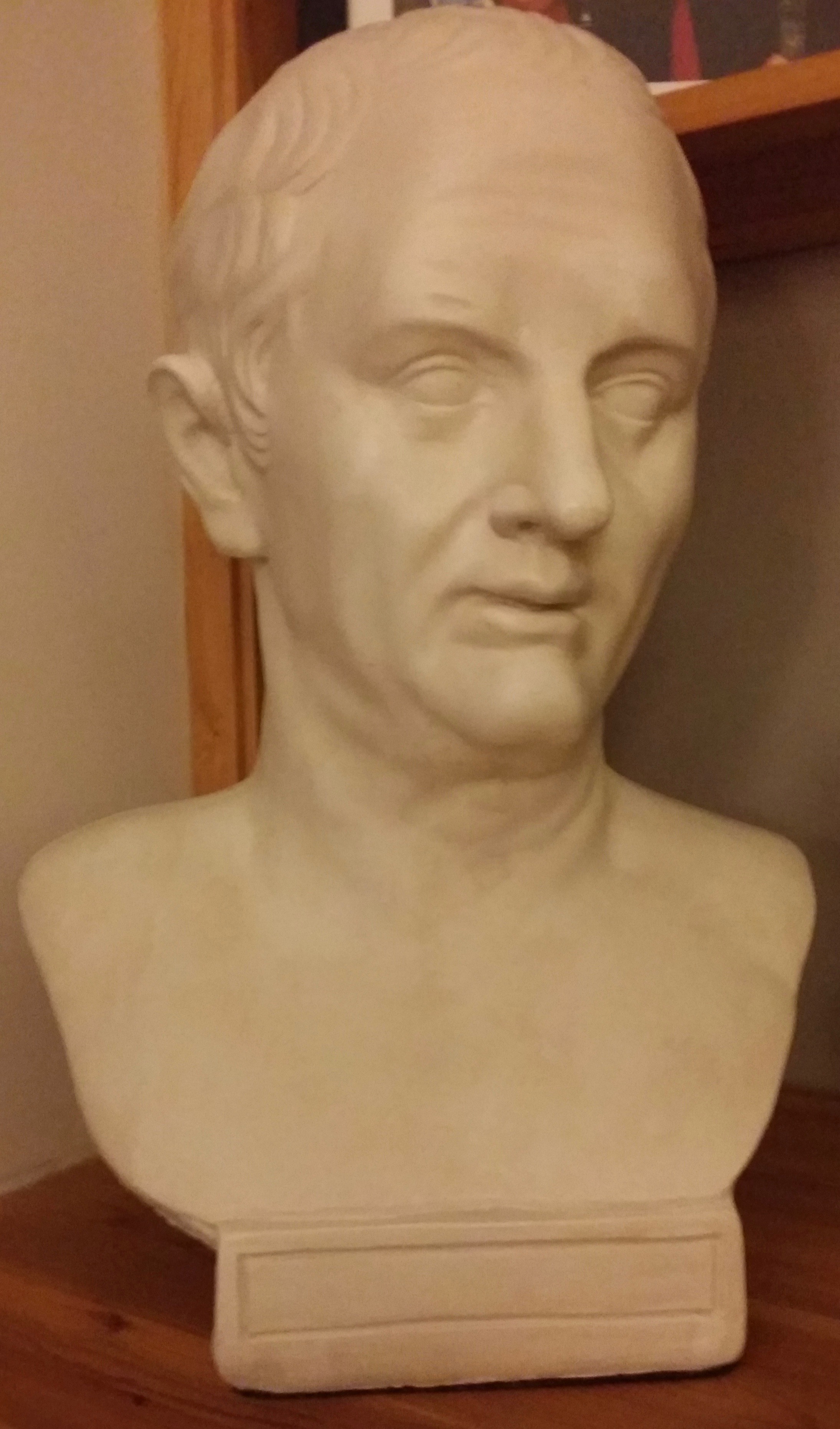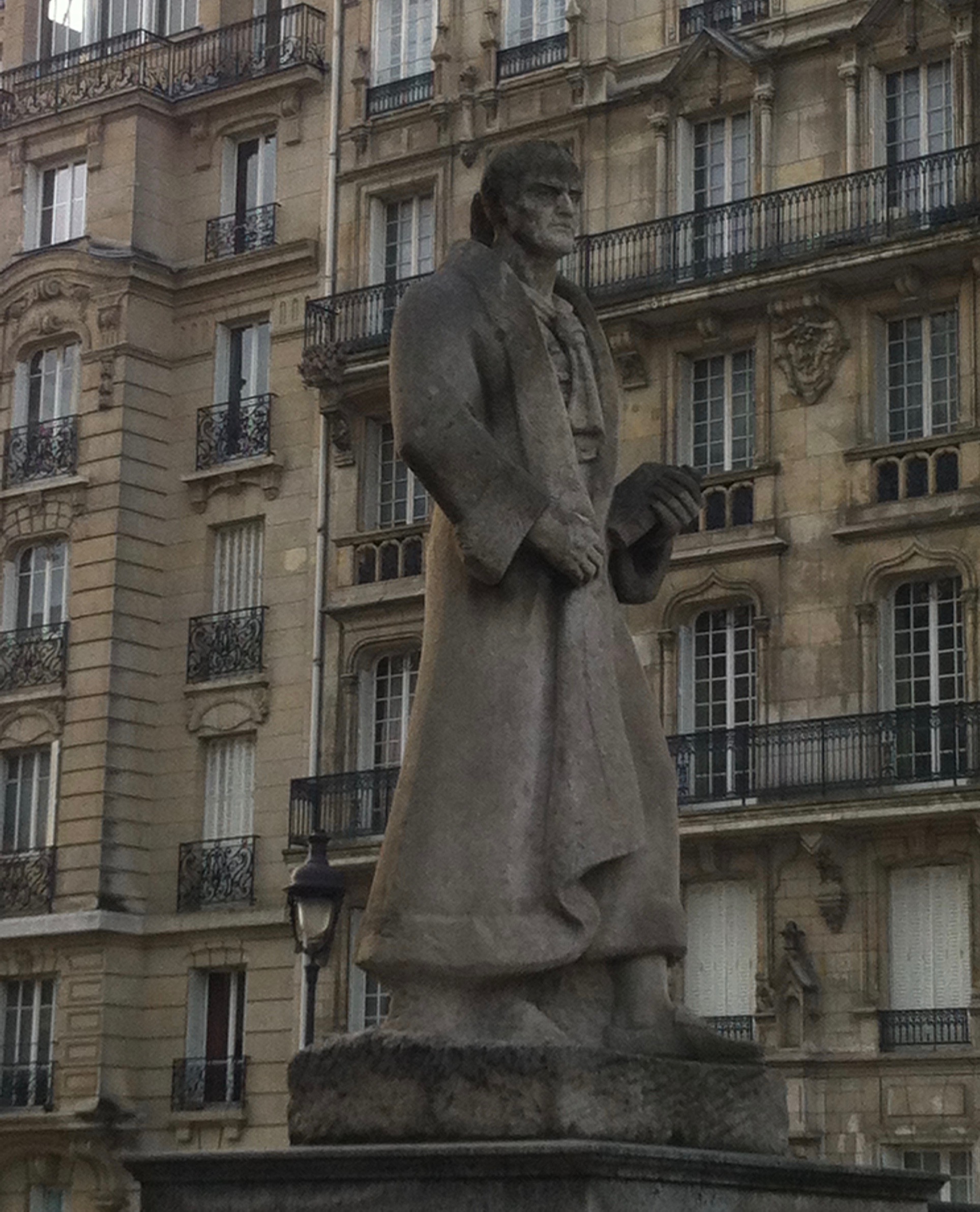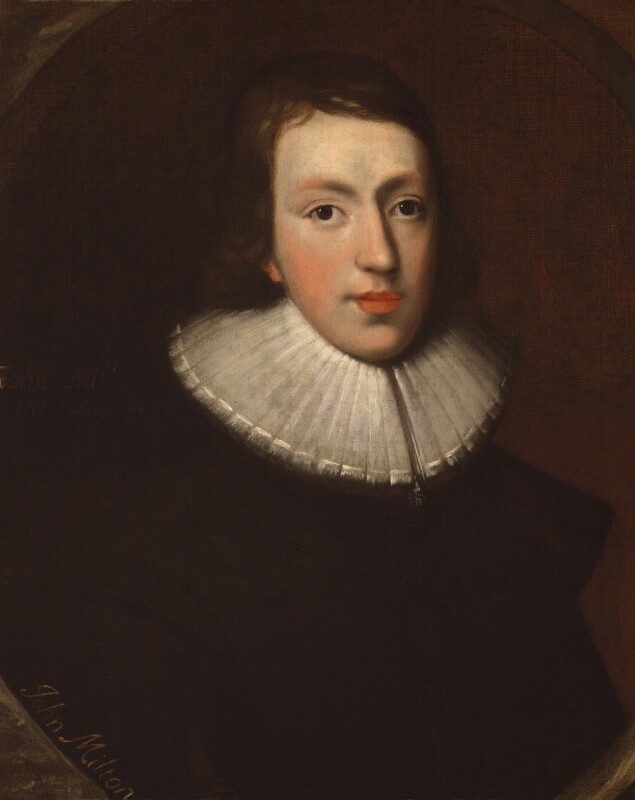Exterior of the Herzog August Bibliothek, Wolfenbüttel. Photograph by Rachel Hammersley.
In June 2018 I attended two excellent conferences at which I was able to present some of the findings of the research I have completed during my British Academy fellowship. It seems appropriate, then, to reflect on those conferences and my thoughts about them. I cannot, in two blogposts, do justice to the rich nature of all the papers. Rather I will draw out certain themes that struck me as pertinent to my work and demanding further reflection. This blogpost will deal with the first conference of the week, which took place in Wolfenbüttel, Germany on 26-27 June. In September's blogpost I will deal with the Graduate Conference on the History of Political Thought, which was held in London on 28-29 June.
'Translating Cultures: Translation, Transmission and Dissemination of Printed Texts in Europe, 1640-1795' was held at the Herzog August Bibliothek in Wolfenbüttel and organised by Thomas Munck from the University of Glasgow and Gaby Mahlberg, an independent historian who now also works as a journalist in Berlin. Fittingly, the idea for a workshop on translation arose when these two academics met at the Herzog August Bibliothek when they were both carrying out research there, thanks to the institution's generous research fellowship programme. This setting was the perfect place in which to hold such a workshop since it is Germany's national library for the seventeenth century. It owes this distinction to the fact that it houses one of the few intact seventeenth-century libraries still in existence, much of which was collected by Duke August (1579-1666) after whom the library is named.
Interior of the Herzog August Bibliothek, Wolfenbüttel. Photograph by Rachel Hammersley
During the course of the workshop, we took time out to be given a tour of the library. We were shown the books, many still bound in their original white coverings, which are organised according to eight themes and placed on the shelves by theme and in height order. We were also shown the catalogue that Duke August produced himself and the wonderful seventeenth-century book wheel which was made to hold it. We learnt that, in its original location, the library was housed immediately above the stables. It struck me that Harrington would have appreciated this arrangement, given his notion that the foundation of power is grounded in land (and in the military force - including horses - needed to protect it), but that at the level of the superstructure, power also comprises authority and that this requires reason - including the knowledge found in books.
Duke August's catalogue. Photograph by Rachel Hammersley.
In his opening paper, Thomas Munck introduced several important themes. One of these was the idea of tracing when key works in the history of political thought were translated into particular European languages, in order to uncover the motivations behind those translations. I was already aware that a number of English republican works were translated into French during the French Revolution. I included a list of the seventeenth and eighteenth-century French translations of English republican writings in an appendix to my last monograph, which shows that at least ten such works were published between 1789 and 1801. Munck's research identifies at least another five English political works that also appeared during that period. More precise research is also revealing. As noted in the papers that Miriam-Isabelle Ducroq and I gave at the workshop, the two French translations of Harrington's works that were published during 1795 were directly relevant to the very particular circumstances of that year - and especially the debates over the introduction of a bicameral legislature and the form it ought to take.
As well as translations being inspired by particular circumstances, works also sometimes had to be adapted to fit new contexts. In the case of scientific translations this could involve having to make careful choices regarding vocabulary, or even updating the original text to reflect advances in scientific knowledge since the original work had appeared. Sietske Fransen described examples of the former in German translations of the works of Jan Baptist van Helmont, where the lack of an established German vocabulary for the new science forced translators to give new meanings to words. Similarly, Lázló Kontler found that German translations of Bernard Le Bovier de Fontenelle's Entretiens sur la pluralité des mondes were adapted in order to reflect subsequent advances in the discipline.
Books from Duke August's library. Photograph by Rachel Hammersley
In a parallel way, translations of political works sometimes distorted the meaning of the original text in order to better fit new circumstances or the concerns of the author. Munck addressed this in relation to André Morellet's translation of Cesare Beccaria's work on crime and punishment, raising the question of at what point translations become completely distinct works. Gaby Mahlberg demonstrated that the German translations of Algernon Sidney's Discourses produced in 1793 and 1795 were quite different from the seventeenth-century original. Those texts were edited, cut and moderated, so as to turn Sidney from a defender of rebellion into a proponent of good citizenship. The text became a defence of moderate constitutional monarchy against the radical forces of the French Revolution (ironically at exactly the time when the French were using him and his associates to endorse their revolution). In a similar way, Wyger Velema showed how Dutch translations of the classics were employed on both sides of the patriot debate in The Netherlands in the late eighteenth century.
Distortions could also arise and be perpetuated through the common practice of one translation being used, in place of the original, as the base text for later translations. Asaph Ben-Tov explored an extreme example of this in his discussion of early modern translations of the Koran into European languages - many of which were produced by scholars who knew little or no Arabic.
Distortion is also linked to another theme that loomed large in our discussions: audience. Both Alessia Castagnino, in her consideration of the theory and practice of translation in eighteenth-century Italy, and Luc Borot, in his comparison of two translations of Thomas Hobbes's De Cive, commented on this issue. Castagnino emphasised the fact that one common justification for producing a translation is to make a book that is deemed useful available to a wider public - including those whose linguistic skills may be limited. Borot noted that different translators may aim at different audiences such as those with greater technical knowledge and experience as compared with the general public; and that these decisions impact directly on the translation itself.
Yet the relationship between translator and audience can be complex. Both Helmer Helmers and Rachel Foxley cited examples in their papers of works which might be read differently depending on the linguistic skills of the reader. In the case of the diplomatic translations examined by Helmers, some of the jokes presented in those works would only be fully understood by multilingual readers. Similarly, Foxley noted that readers of Marchamont Nedham's The Case of the Commonwealth would have a different experience of the text depending on whether or not they understood Latin. Nedham's translation of Juvenal's famous tag 'Panem & Circenses' as 'Bread and Quietnesse', rather than the more commonly used 'bread and circuses', will have produced a rather different understanding without knowledge of the original Latin.
Finally, several papers reminded us of the importance of paying attention not just to the words, but also to translation as a business and books as material objects. Ann Thomson's study of Pierre Desmaizeaux offered insight into some of the causes of translators distorting original texts, by reminding us that the extent of their freedom could be seriously limited by agents and publishers. Mark Somos's fascinating paper on census bibliographies, which trace and describe all extant copies of a particular work, revealed the insights that can be drawn from such research. This led me back to thinking about Harrington and to wonder what a census bibliography of his works might reveal.









![John Lilburne, England's New Chains Discovered, London, 1649. http://oll.libertyfund.org/pages/leveller-tracts-6. 18.10.17. Taken from the Online Library of Liberty [http://oll.liberty.org] hosted by Liberty Fund, Inc.](https://images.squarespace-cdn.com/content/v1/57a64976d1758e28c2a46317/1508942506653-MC9ZTGQZPUPJNO70AQAP/Englandsnewchains.png)